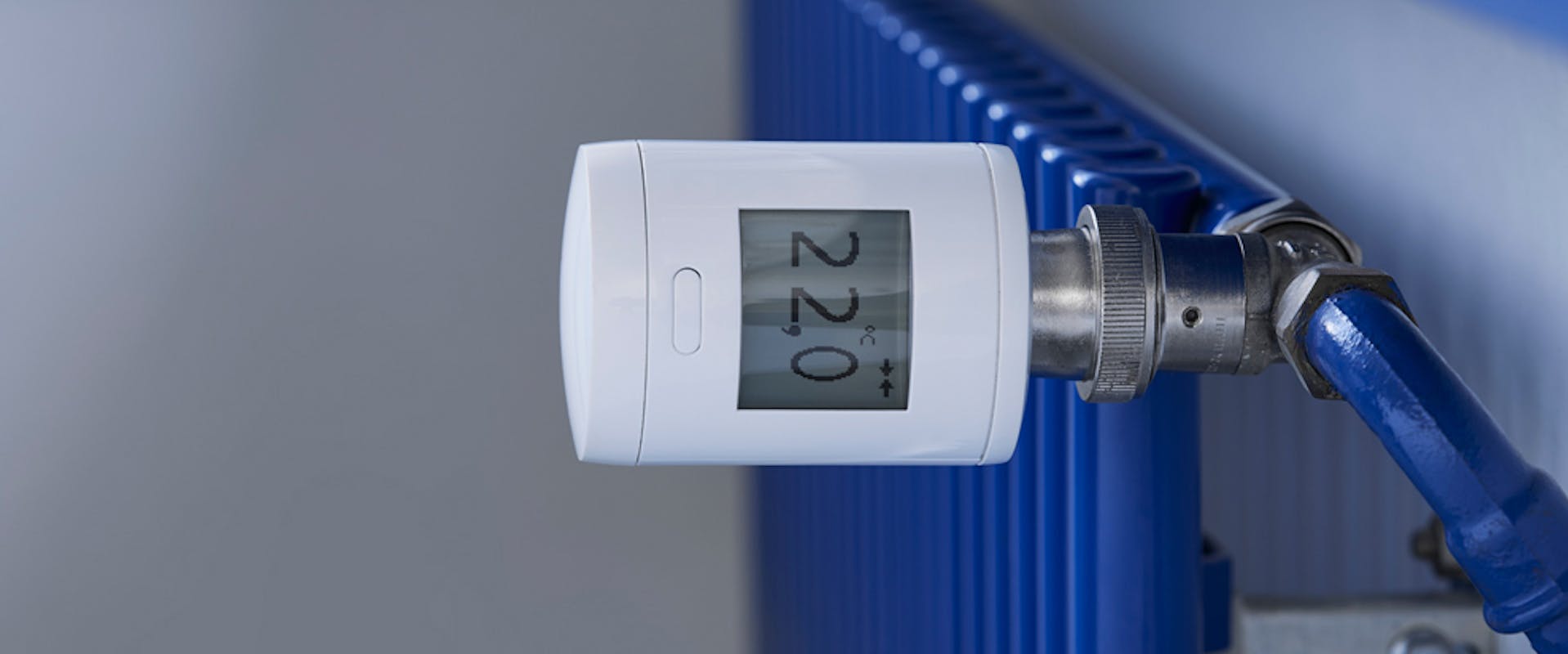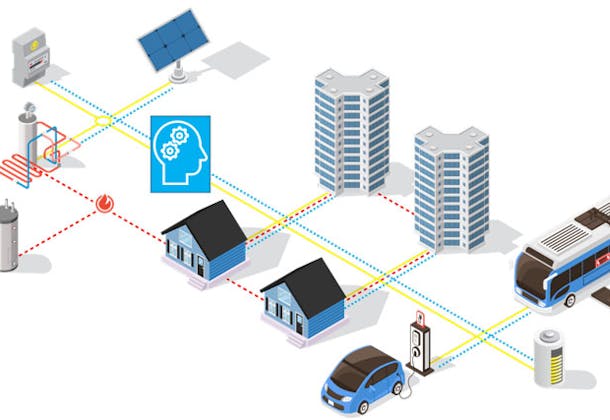July 28, 2020
Smart thermostatic valves: A key to efficient building energy management
Using advanced technologies to enhance the energy efficiency of residential buildings, CSEM has developed an advanced, data-driven approach to compute radiator heating estimations via the SMINTEBI system, which utilizes their newly developed algorithm and relies on ‘smart’ thermostatic valves.



